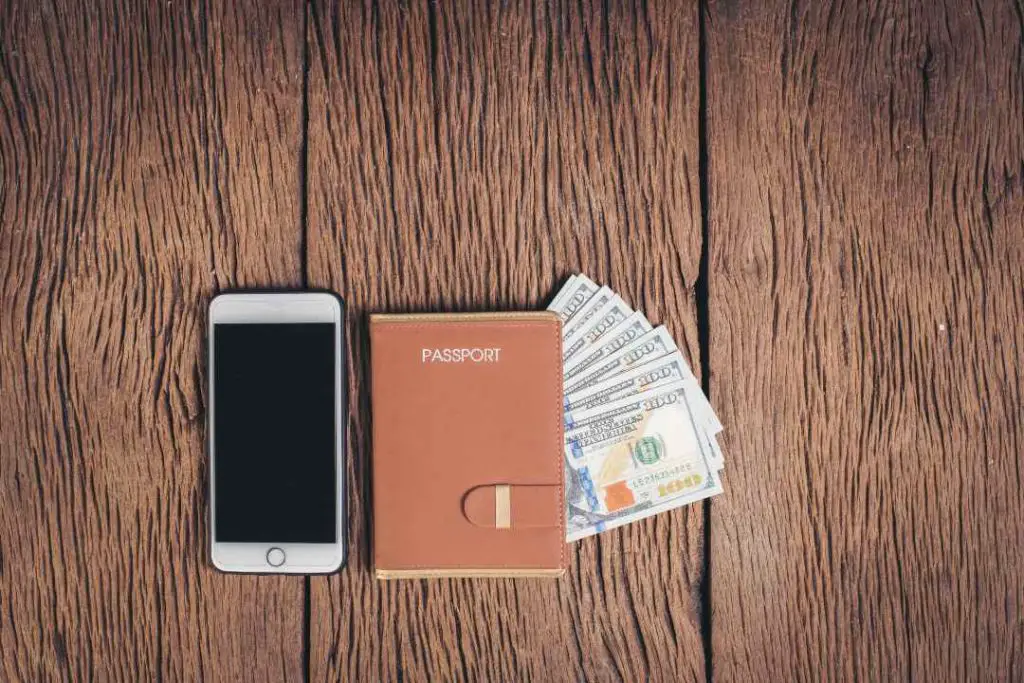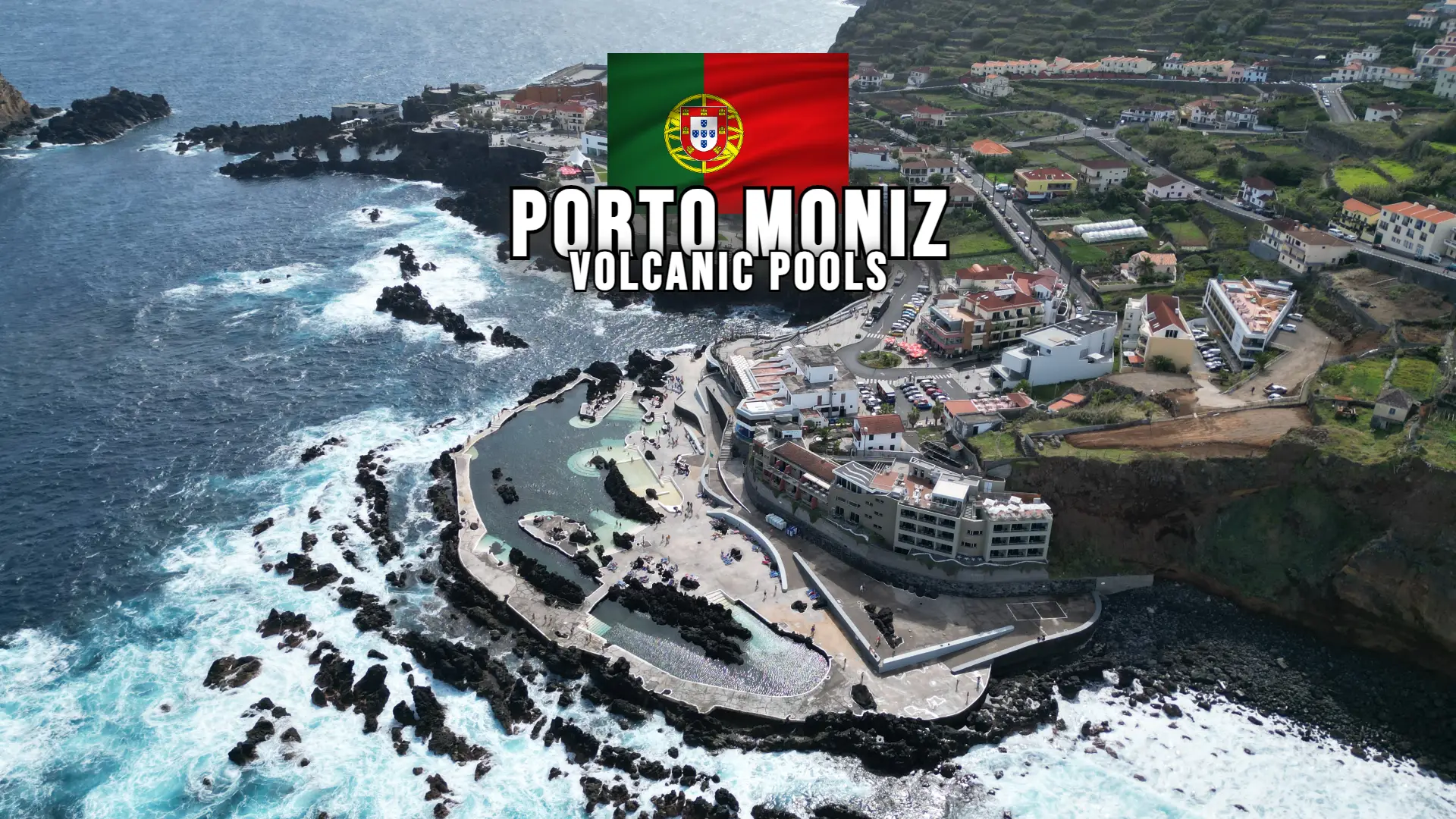That Europe is one of the most sought after destinations for tourism travel everyone already knows, we even have a list of 5 most visited countries in Europe and their incredible sights that certainly corroborates this conclusion! However, planning this trip can be a difficult task, since there are so many things to think, research and organize that can leave you lost, even more with the high costs that are a big problem for your plans, right? That’s exactly why we are here! We can help you with the basics or, if you prefer, you can start by taking a look at how to plan a trip to Europe during the pandemic and then come back here to create your budget for a trip.
So, have you gone and come back? Or did you prefer to stick around here? Well, roll your mouse over and find out all you need to know about how to make a cheap trip to Europe!
ON THE POINT: Writing down expenses
To plan a trip you should go through a basic itinerary of where you want to go, how many days you intend to stay, which places to visit and make reservations. This will all be part of your budget. As we are here to help you we recommend that you take into account two very important things: the external conditions and the standard expenses.
External conditions
When we talk about external conditions, we talk about a tip that can change everything! This is because each one of them greatly influences your pocket when it comes to buying and booking. They are:
- The country: some countries are cheaper than others and the difference can be quite significant, as you can check in Little Money: 3 countries to visit in Europe with little money,
- The period: times with less tourist movement is called low season, and this term, like its name, is synonymous with low prices, ranging from tickets to accommodation and attractions.
- The European currency quote: the value of each currency is constantly changing and it is important to be aware of its current value to catch its best times.
Standard spending
The standard expenses are the essential costs of the trip – or at least the basics of a complete and still economical trip – that you should write down considering the above conditions and the time you intend to stay abroad:
- Return air tickets;
- Travel insurance;
- Accommodation;
- Food;
- Transport;
- Tourist attractions.
Now that your expenses are organised, open your browser, take out your pencil, paper and calculator and get to work!
WHAT TO DO TO SAVE MONEY?

Before starting the calculations, it is best to follow a few steps thinking about the external conditions of your trip, so you will have an overview of the expenses, besides finding the cheapest prices for when you calculate the rest of your budget for a trip.
Step one: plan everything in advance!
- When it comes to planning, even more so when you want low prices, you have to be willing to be flexible with dates and times, plus the earlier you book the better it is!
- So the first step for your planning and subsequently your budget is to choose dates well ahead, such as booking tickets 2 to 6 months in advance.
Step two: look for a cheap city!
- The cities located in Eastern Europe are a bargain! With a list that includes Budapest, Krakow, Istanbul, Prague and Sofia and prices of up to 40 euros per day.
- Others between Greece, Italy, Spain and Portugal have a cheap average spend, between 50 and 60 euros per day.
- And there are still some very popular tourist destinations such as Berlin, in Germany, London, in England, Paris, in France, and Rome, in Italy, as well as Amsterdam, Barcelona, Brussels and Lisbon, with average prices ranging from 60 to 70 euros per day.
Step three: choose the best time!
- The period of your trip matters a lot, after all you can catch the low season at the right times, besides, of course, less suffocating with queues and crowds.
- In most places it occurs in the winter period as seen in some countries mentioned in 5 incredible places to visit in the European winter, starting in late autumn. From November to March are the months with the lowest prices.
- Spring is also a good time. In general, the landscapes in the season of dry leaves and flowers in bloom are beautiful and unite natural beauty with good prices.
Step four: keep an eye on the European currency!
- The value of the European currency changes constantly and even small amounts make a big difference when it comes to paying.
- Many hostels and locations only accept European currency.
- Therefore, you have 2 options: one is to convert it when calculating the expenses, always keeping in mind a margin of error; and the second and more practical option is to exchange the currency of your country for the Euro, so you reduce the difficulties of your trip.
- As the currency can overvalue or depreciate depending on the weather, it is good to exchange in advance.
- Also bear in mind that although the Euro is the official European currency, some regions make use of other currencies such as England with the Pound Sterling and the Swedish Krona and Czech Koruna, respectively of Sweden and the Czech Republic.
Step five: search for reliable sources and websites!
- Finally, you should look for websites, apps and/or contacts from reliable and secure sources to search for all the remaining items, where you are sure they have the best prices and quality services.
- Once you find it, you can search and book (in advance) your tickets and accommodation.
Lean more at How Much Does it Cost to go to Europe?
PRE-TRIP EXPENSES
After following the recommended steps, start to really calculate each of the standard expenses, starting with those that must be done in advance, because then it is less of a worry and it is enough to save for when the day of the trip comes.
Tickets
As the item that should be purchased the furthest in advance, tickets should be your priority, and remember:
- The ticket must be a return ticket. This is a guarantee that you do not intend to stay in the country illegally and will return home;
- As the goal is cheap tickets, we will follow the previous tips aiming at the low season period;
Flights booked in December with a date in March of the following year, that is 3 months, 4 days of stay in the city, being the time that interchanges the outward and return trip, and for 1 adult in economy travel, stay around
- Flight with (1) connection NY – Lisbon: from 181,22 euros;
- Direct flight NY – London: from €257.73;
- Direct flight NY – Paris: from 250.83 euros
- Direct flight NY – Rome: from 316.04 euros
* These cities were just some examples, the values may change depending on the place of embarkation and disembarkation.
Ps: don’t forget to look for flexible airlines! So, if necessary you can change the date of your trip without problems or having to pay extra for it.
Travel insurance
I’m sure you’re already tired of hearing about travel insurance when it comes to Europe, right? But that just goes to show how essential it is. And if you’re lost about it, we recommend you check out how to travel safely to Europe during the pandemic in 2023 to learn how important it is. But to put you in context, this obligation is a guarantee that, in case you have an accident or something similar happens, you will be able to pay for the medical-hospital expenses.
So what do you need to know about them for your budget for a trip?
- Which countries require travel insurance. Not all of them, but many countries do, including the member countries of the Schengen Treaty (if you haven’t seen the first article mentioned, take the opportunity to check it out now, there is a list of all of them);
- What insurance covers. Of the main services offered from travel insurance, medical-hospital and pharmaceutical costs are top of the list, however insurance still covers other issues such as:
- Flight cancellation due to medical emergency or otherwise;
- Tracking and compensation in case of lost luggage;
- Compensation for disability or accidental death, as well as funeral assistance;
- Legal costs and bail bonds;
- The best plan for you. Depending on the length of your trip or what collateral you find most essential, you can choose an insurance plan that covers what you want, for the most affordable price. You can do this using simulators.
- The price of insurance is from 2,35 euros per day;
- From 13,80 euros per day without luggage insurance;
- And a more complete plan around 20 euros per day.
Ah, keep an eye on the European Travel Visa! Soon the Schengen Visa Waiver will come into effect, which will have a fee for the service, but its cost-benefit is also great, as it will be valid for 3 years. You can see more in United States and Europe: will you need a visa in 2023?
Accommodation
As well as the time of year, the country and the location of the accommodation you choose will also influence the price of the accommodation you choose, whether it is a simpler or more elegant hostel, budget hotels or flats for rent, always keeping the focus on the low price.
Best hostel options
- Lisbon (daily rate – 1 person): from 12,49 to 78,47 euros;
- London (daily rate – 1 person): from 12.24 to 70.39 euros;
- Paris (daily rate – 1 person): from 21,81 to 39,08 euros;
- Rome (daily rate – 1 person): from 12.56 to 53.52 euros.
Best options for flats
- Lisbon (daily rate – 1 person): around 53.83 to 152.86 euros;
- London (daily rate – 1 person): from around 47.87 to 166.67;
- Paris (daily rate – 1 person): from 45.36 to 137.64 euros;
- Rome (daily rate 1 person): from about 55,40 to 180,80 euros;
Best hotel options
- Lisbon (daily rate – 1 person): from 12 euros;
- London (daily rate – 1 person): from 18,05 euros;
- Paris (daily rate – 1 person): from 24.48 euros;
- Rome (daily rate – 1 person): from 33,27 euros.
Expenses during the trip
Now that you have seen the expenses before the trip, you need to know how much you will spend during the trip, which on average is around 50 euros per day for one person. Let’s break this down?
Sightseeing and tourist attractions
When talking about saving money, you have to be aware that it requires a lot of searching. Attractions are no different. They can vary a lot, from attractions that cost nothing or have very low prices, as is the case of Serra da Estrela, in the Portuguese winter period, or can be quite high, depending on its fame and how much is demanded.
However, on average the cat cost with attractions is 20 euros per day for a person, enough to visit the main sights. Even because, with the incredible landscapes
that there are, walking a little bit through the streets enjoying the view, is one of the best experiences and doesn’t cost anything! Of course you don’t have to miss out on an attraction you like because of the price, just make sure you control how many you go to so you don’t lose your hand on the budget and a lot of money in your pocket.
Transport
Transport when travelling is essential, especially if you don’t want to get lost in unknown lands. And it is even possible to go from city to city only with train rides, so it is a very interesting expense, don’t you agree? But you have to think well about the cost-benefit before spending. So, decide if you want to stay in one city only or travel between several.
- If you choose to stay in only one city, bus or train rides are very cheap, ranging from 1 to 3 euros. You can also buy 24 to 72 hour passes.
- If you choose intercity travel, average prices are:
- From Lisbon to Madrid: 16 euros;
- From Madrid to Rome: 26 euros;
- From Rome to Paris: 23 euros;
- From Paris to London: 38 euros.
If you are interested, read more about how to travel by train in Europe: the best itineraries!
Food
The cost of food to be cheap just depends on you! There are many famous restaurants in Europe, but the price can be discouraging. However, you can still choose a good option, get to know the cuisine and culture you want without having to spend too much!
- The first tip is: book hotels or hostels with breakfast included! Even if it doesn’t, opt for the cheapest, so you can spend between 3 and 5 euros.
- The same tip goes for lunch; if possible, eat at the hotel. Or just leave lunch as your “out of town” meal. A simple meal will cost you around 12,56 euros.
- For dinner, you can eat at the hotel, which is much cheaper, or you can try the fast food at those times, which are always cheaper, and can be as low as 5 euros!
- Another cheap option is the “Tourist Menu“, going for 9 euros.
- And then there are the markets, with excellent prices and a great alternative for buying meals.
- On average, opting for good quality and still economical, your meal will be around 20 to 25 euros per day.
SUMING IT ALL UP: How much does a cheap trip to Europe cost altogether?
After writing down all the expenses before and after the trip, choosing the best periods and following the tips for an economical trip, and taking the average of tickets and hotel accommodation for 4 days, the expense that a person would have to visit Europe for four days is 500 euros. Very economical, isn’t it? With this you can even spend a little more, since it is impossible to do a tour like this and not buy anything or take souvenirs home – which by the way are an expense of about 30 euros a day! And now, do you know everything to plan a budget for a trip and start your journey?
If not, we have a complete budget for a trip: Holidays in Portugal: how much money do I need?
If so, how about doing some more extensive planning and a 10-day trip to Europe?









